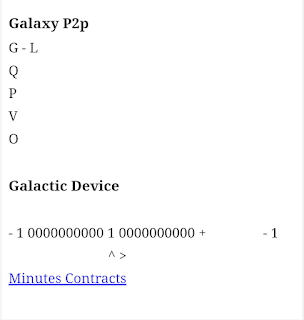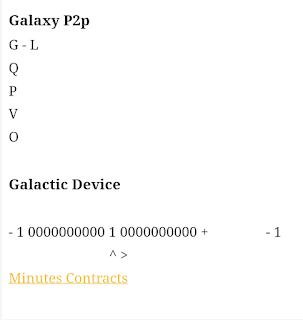A moving average crossover is a popular trading strategy used to identify potential buy or sell signals based on the interaction between two moving averages. It can help traders to spot trends and determine when to enter or exit the market. Here's how it works:
Types of Moving Averages:
1. Simple Moving Average (SMA): The average of a set of prices over a specific time period.
2. Exponential Moving Average (EMA): A weighted moving average that gives more importance to recent prices.
The Crossover Strategy:
A moving average crossover occurs when a shorter-term moving average crosses above or below a longer-term moving average. The two most common types of crossovers are:
1. Bullish Crossover (Golden Cross):
When a shorter-term moving average (e.g., 50-day SMA or EMA) crosses above a longer-term moving average (e.g., 200-day SMA or EMA).
This signals a potential uptrend or buying opportunity.
2. Bearish Crossover (Death Cross):
When a shorter-term moving average crosses below a longer-term moving average.
This indicates a potential downtrend or selling opportunity.
Example of a Moving Average Crossover Strategy:
Buy Signal: When the 50-day SMA crosses above the 200-day SMA, it could indicate a long entry (buy).
Sell Signal: When the 50-day SMA crosses below the 200-day SMA, it could suggest a short entry (sell).
Key Points:
Confirmation: Crossovers can be false signals, so it's often advisable to use additional tools (like volume analysis or RSI) for confirmation.
Lagging Indicator: Moving averages are lagging indicators because they are based on past prices. As a result, crossovers might occur after a trend has already begun.
Time Frames: Shorter time frames (like 5-day and 20-day) give more frequent signals, while longer time frames (like 50-day and 200-day) produce fewer, but potentially more reliable signals.
Pros and Cons:
Pros:
Simple and easy to understand.
Useful for identifying long-term trends.
Can be used with various asset types (stocks, commodities, forex).
Cons:
Can generate false signals, especially in choppy or sideways markets.
Lags behind the market because it relies on historical data.
Example of How to Use Moving Average Crosses:
Short-term crossover: A 10-day EMA crosses above a 50-day EMA, indicating a potential buy.
Long-term crossover: A 50-day SMA crosses below a 200-day SMA, indicating a potential sell or short signal.
Conclusion:
Using moving average crossovers is a popular strategy for traders looking to capture trends. However, it is important to combine this method with other technical analysis tools to improve accuracy and reduce the risk of false signals.







0 Comments